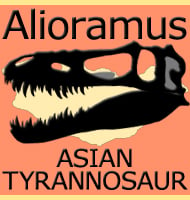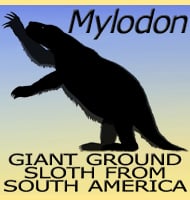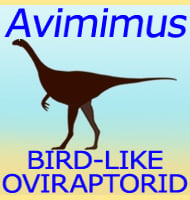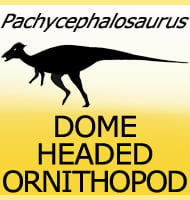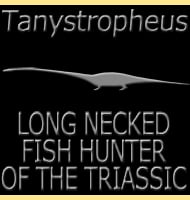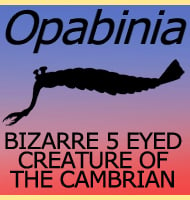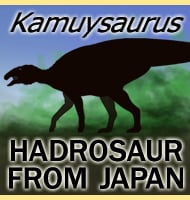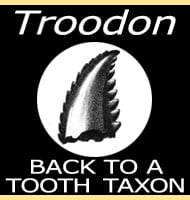In Depth
Pissarrachampsa is a genus of terrestrial crocodile that lived in Brazil during the late Cretaceous. The precise point of time of the Cretaceous is still debated as some point between the Turonian and the Maastrichtian. All that is known for certain is that the holotype fossils of Pissarrachampsa came from the Vale do Rio do Peixe Formation which is part of the Bauru Group of Formations in Brazil which also includes the Adamantina Formation, Uberaba Formation and the Mar�lia Formation. Pissarrachampsa can be further refined as a baurusuchid crocodile, though Pissarrachampsa has a notably longer snout than that seen in other baurusuchids.
Further Reading
- A New Baurusuchid (Crocodyliformes, Mesoeucrocodylia) from the Late Cretaceous of Brazil and the Phylogeny of Baurusuchidae. - PLoS One 6(7):e21916. - F. C. Montefeltro, H. C. E. Larsson & M. C. Langer - 2011. – Postcranial anatomy of Pissarrachampsa sera (Crocodyliformes, Baurusuchidae) from the Late Cretaceous of Brazil: insights on lifestyle and phylogenetic significance. – PeerJ 4:e2075. – P. L. Godoy, M. Bronzati, E. Eltink, J. C. A. Marsola, G. M. Cidade, M. C. Langer & F. C. Montefeltro – 2016.

